#Winter Botany
Text
My Review of Decurrent Trees
Just because it’s winter doesn’t mean there aren’t plenty of plants to look at. Deciduous trees and shrubs become particularly interesting during the winter months with their exposed branches and their growth habits made more obvious. The beauty of a tree’s “skeletal” structure is revealed when it’s stripped of its leaves and set against a winter sky. Winter is also a great time to prune certain…

View On WordPress
#branches#Colin Tudge#dawn redwood#decurrent#excurrent#golden rain tree#growth habit#Malus#oak#pruning#reviews and recommendations#seasonal interest#Trees#trees and shrubs#urban horticulture#winter#Winter Botany#winter interest
7 notes
·
View notes
Text

A Light Beckons
Watercolor On Black Cotton Paper
2022, 26" x 33"
Winter Cherries, Ashwagandha, Withania somnifera
Private Collection
#artists on tumblr#flowers#floral#art#watercolor#painting#nature#minimalism#orange#winter#winter cherry#garden#nightshade#wildflowes#plants#botany#artwork#autumn#fall#artblr#ashwagandha#wildflowers#withania#contemporary art#artist#original art#cottagecore#cottagecore aesthetic
3K notes
·
View notes
Photo

cemetery flowers after the ice storm
4K notes
·
View notes
Text

#roes#photographers on tumblr#original photographers#flowers#nature#photography#original photography#cottagecore#plants#botany#white#aesthetic#winter
164 notes
·
View notes
Text

holly (start of the roll) - pentax spotmatic & 400 speed color film - developed at eliz digital & scanned with minolta dimage dual iii
#35mm#winter#holly#red#green#white#distortion#plants#botany#horticulture#gardens#greenery#trees#forest#film photography#35mm photography#35mm color photography#pentax#analog#analog photography
66 notes
·
View notes
Text

#Lynne Bellchamber#illustration#winter#animals#owl#botany#animal#faery#faeries#faerie#fantasy#fairy#fairies#fairy tale
33 notes
·
View notes
Text

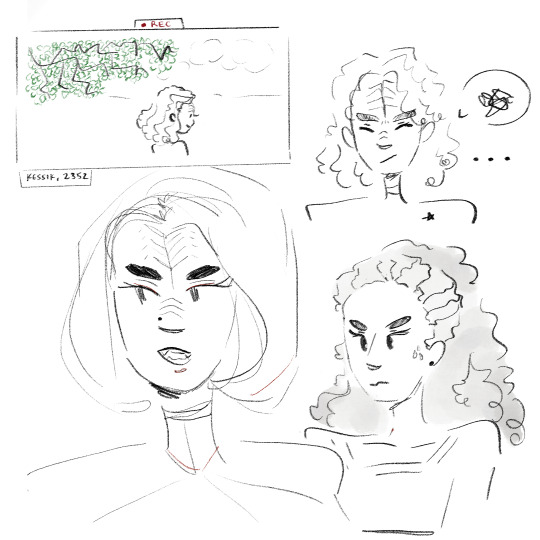
b’elanna vs her mother at similar ages, plus some sketches!
#my art#star trek voyager#my very first deanna…. my original obsession. if i ever read as much about betazoids as i do klingons we’re all in grave danger#also wrt the first image b'elanna is. 12 years old and as such is about to go emo mode but not quite yet. the girly girl thing is a front#sometime in winter she'll chop her hair off without permission#what do we think? human girl look to fit into the image her father has while he's still around or after to try and get him back?#miral is also a little bookish like b'elanna but on different subjects.... likes to keep to herself naturally but is also loudmouthed and#got told she shared her opinion too often a lot in university. didn't stop her though she speaks up when she thinks (knows) she's right#what did she study? don't ask me my answer changes with the weather#botany....linguistics.....military strategy.....chemistry....... uhmmmm religious studies. or even better the klingon system doesn't have#starfleet equivalents and she spent ages 15-22 doing apprenticeships for a certain (or multiple) disciplines#anyway.#kessik 2352 b'elanna has trouble sitting still for photos until she gets a little older so all the pics from before 7 are of her father#physically holding her so that she won't wander OR off guard shots or super blurry. theres more videos of that time than anything
53 notes
·
View notes
Text

Ozark Witch-Hazel
Hamamelis vernalis

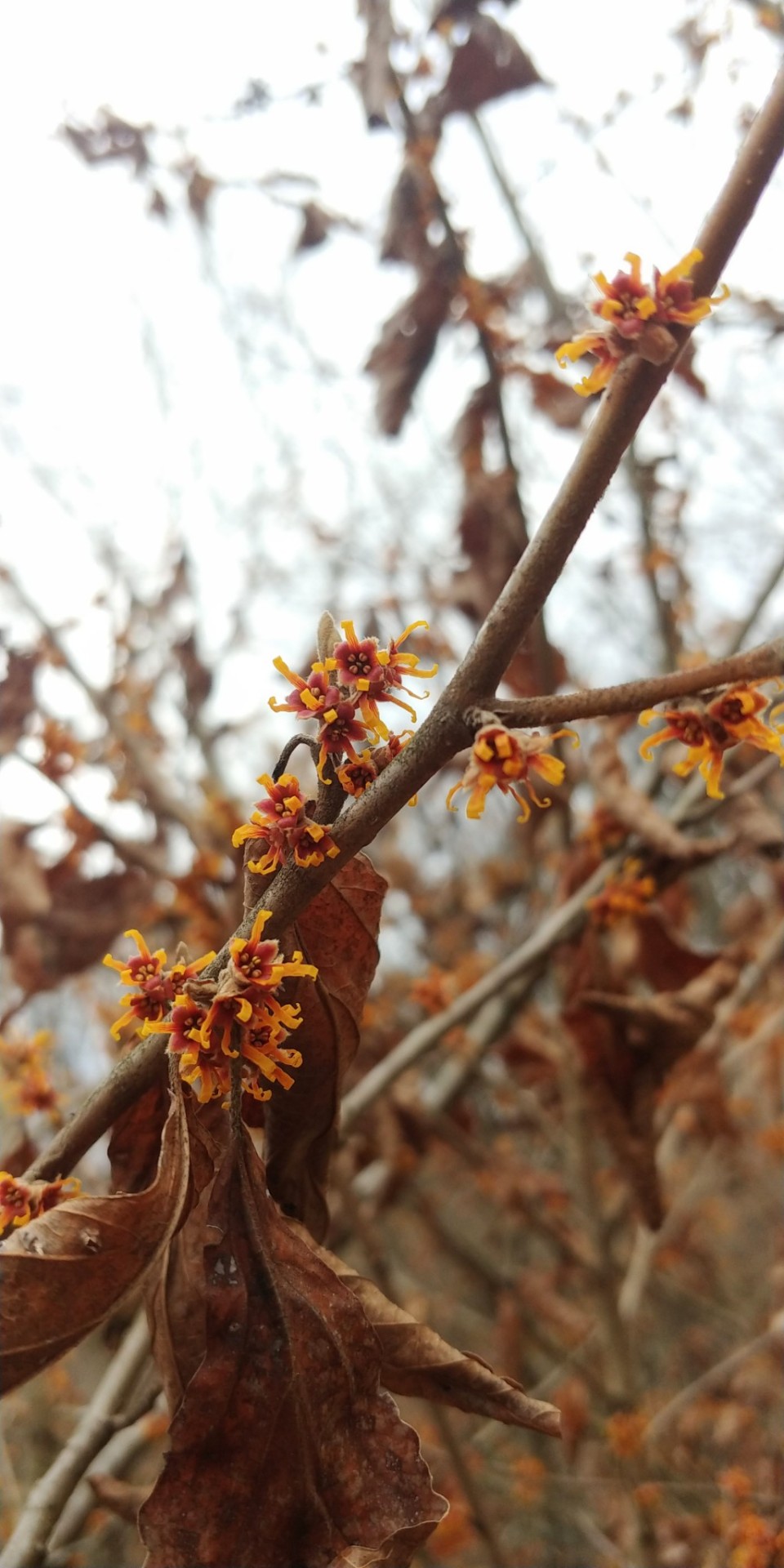
This species of witch-hazel requires a winter freeze to bloom and is endemic to the Ozarks in Missouri, Arkansas, and parts of eastern Oklahoma.
Feb. 6th, 2023
Augusta, St. Charles County, Missouri, USA
Olivia R. Myers
@oliviarosaline
#botany#Hamamelis vernalis#hammamelis#saxifragales#Hamamelidaceae#eudicots#missouri#witch hazel#witch hazels#witch-hazel#plants#flowers#nature#the ozarks#ozarks#nature photography#flower photography#spring flowers#winter flowers#forestcore#naturecore#forest#woods#forests#Missouri nature#plants of the ozarks#plants of Missouri#unique flowers#native plants#wildflowers
27 notes
·
View notes
Text

Three Friends of Winter
1913
#Christmas#winter#winter solstice#art#illustration#holidays#Japan#nature#traditional art#december#academia#Japanese#spilled ink#history#culture#plants#botany#Asia
35 notes
·
View notes
Photo

Winter Jasmine (1907) taken from ‘Familiar Garden Flowers’ by Shirley Hibberd and F. Edward Hulme.
https://www.biodiversitylibrary.org/page/20726714
Wikimedia.
I was rather pleased to find Winter Jasmine flowering in my garden. I bought some a few years ago and it has flowered for the first time this year.
151 notes
·
View notes
Text
Hellebores bloom in winter. However, on very rare occasions, they might bloom in summer as well. The summer flower is often a very different color from the normal winter flower.
For the first time in my life, one of my hellebores is blooming in summer:
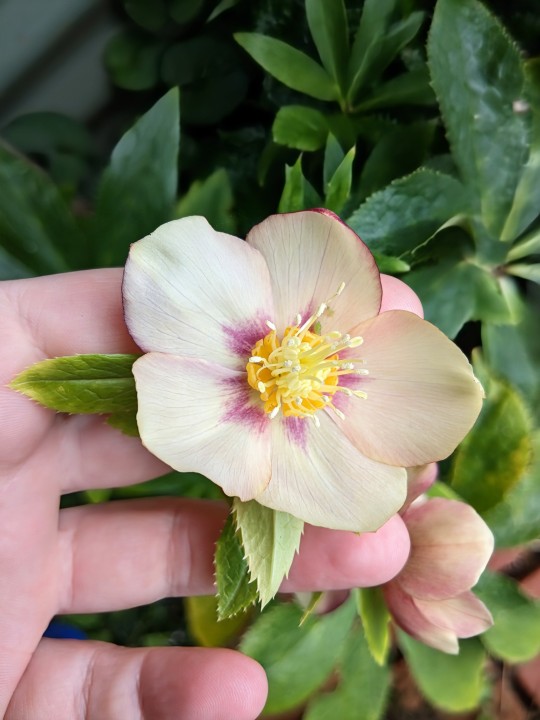
For comparison, this is what its flower looks like in winter:

#hellebore#helleborus#flower#bloom#summer#winter#comparison#garden#gardening#my garden#flowers#plant#plants#botany
28 notes
·
View notes
Text

Incandescent Lace
Watercolor On Black Cotton Paper
2022, 22" x 30
Winter Cherries, Ashwagandha, Withania somnifera
Private Collection -Pikesville MD
#artists on tumblr#flowers#floral#art#watercolor#painting#nature#minimalism#orange#winter#winter cherry#garden#nightshade#wildflowes#plants#botany#artwork#autumn#fall#artblr#ashwagandha#wildflowers#withania#contemporary art#artist#original art#cottagecore#cottagecore aesthetic
631 notes
·
View notes
Text
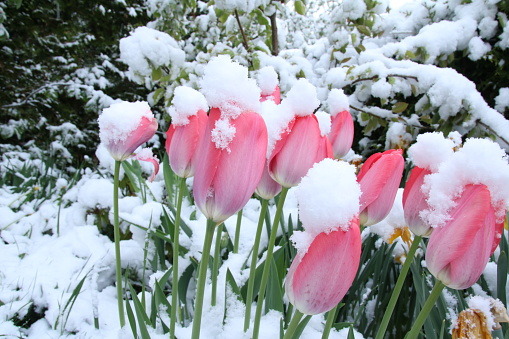
4K notes
·
View notes
Photo

ig - afternoondreams
#nature#photography#nature photography#botanical#floral#winter#black and white#botany#plants#contemporary#modern#photographers#kelli soukup#peaceful#calming#zen#organic#dreamy#cottagecore#boho#inspiration#shapes#natural#earth#leaves#minimalism#minimal#naturaleza#fotografia#arte
161 notes
·
View notes
Text

Halloween Countdown Day 4
The curse of the Toxic Squash!
My 2023 pumpkin harvest includes Winter Luxury pumpkins, Patty Pan squash (Cucurbita pepo), Autumn Crown (C. moschata), Crown Prince, Candy Roaster, Hubbard, Ute, Turban, and Uchiki Kuri (all C. maxima).
A pumpkin patch is a wholesome Halloween sight, but there is evil lurking in the domain of squash… Toxic Squash Syndrome! Squash can develop unusually high concentrations of a naturally occurring toxin called cucurbitacin E. This toxin is a tetracyclic terpene whose smell and taste repel insect and mammal pests.
If humans consume too much cucurbitacin, they can suffer excruciating symptoms like diarrhoea, vomiting, and hair loss over a period of several days. Fortunately, it is easy to detect the toxin before consuming an unknown squash. Simply lick the raw squash pieces after the fruit is cut up. If they taste bitter, do not eat! It is important not to eat the bitter squash because poisoning can result from a small amount.
Wild squash species have higher cucurbitacin E levels than domesticated squash. The eldritch ornamental squash with bizarre shapes and patterns found in fall home décor were bred for looks rather than culinary use, so they have the wild squash genetics for high cucurbitacin E production. Other types of toxin-loaded squash and gourds, such as Calabash and Colocynths, are sometimes grown for ornamental use. People may consume these unusual squash due to ignorance, or experimentation with traditional medicinal uses of these species.
Toxic squash syndrome can be prevented by only eating squash from reputable sources, such as supermarkets and home vegetable gardens where there is no chance of cross pollination with wild squash species. The progeny of ornamental and edible squash may look like edible squash, but they contain the dangerously high levels of cucurbitacin E. If the only squash in the local vicinity are edible domesticated squash varieties, the seeds should be safe to save and grow for next year’s harvest. However, bitter squash can be caused by harsh environmental stress so always taste before cooking. Make sure your Halloween pumpkin soup and pie is a treat not a nasty trick!
#katia_plantscientist #pumpkinpatch #toxic #squash
#katia plant scientist#botany#plant biology#katia hougaard#plant science#plants#pumpkins#squash#winter squash#decorative squash#fall#fall aesthetic#autumn#fall vibes#autumn vibes#pumpkin patch#fall season#toxic#toxic plants#cucurbitacin#cucurbita#jack o lantern#plant genetics#purple dress#toxin#ornamental squash#food safety#plant facts#halloween#halloweencore
27 notes
·
View notes
Text
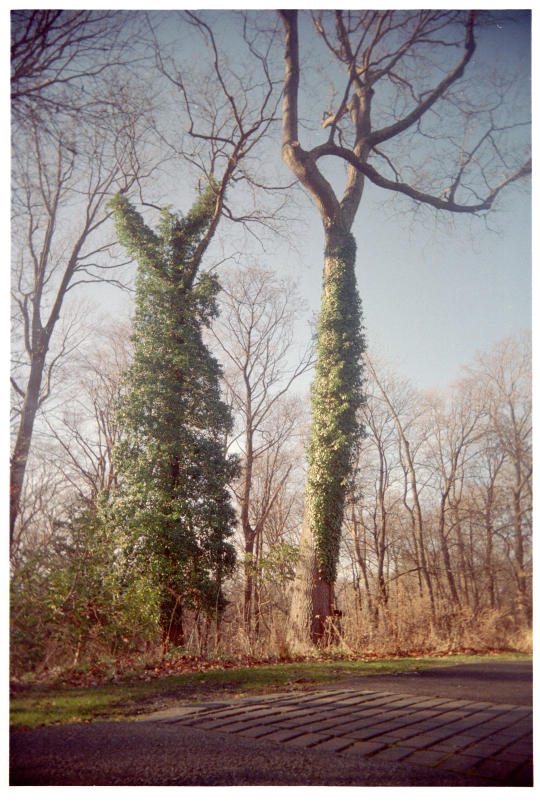

frelinghuysen arboretum, nj - vivitar wide & slim with 400 iso film - developed at eliz digital & scanned with minolta dimage dual iii
#35mm#trees#winter#green#pine trees#trees and forests#trees and sky#nature#botany#plants#gardens#35mm color film#film photography#35mm photography#35mm color photography#new jersey#35mm film#35mm camera#filmcamera#ivy
29 notes
·
View notes